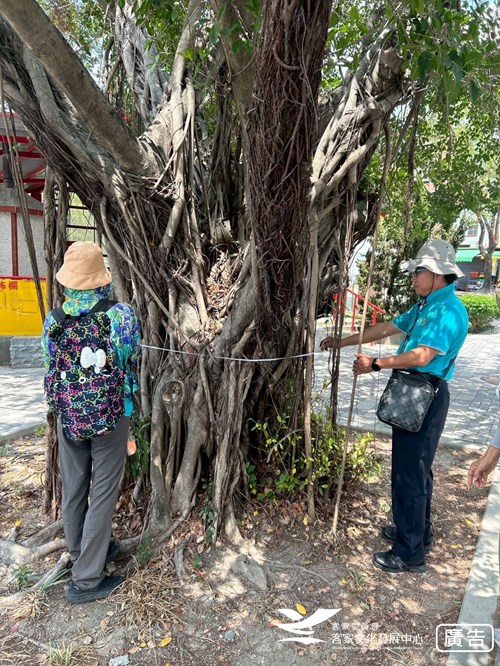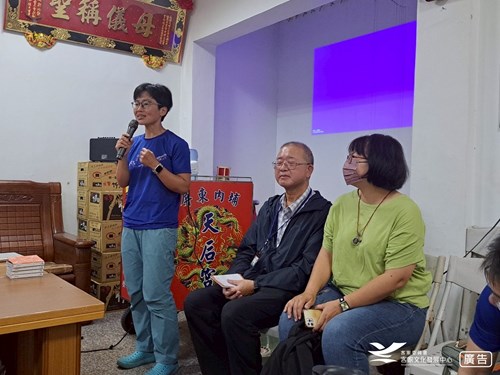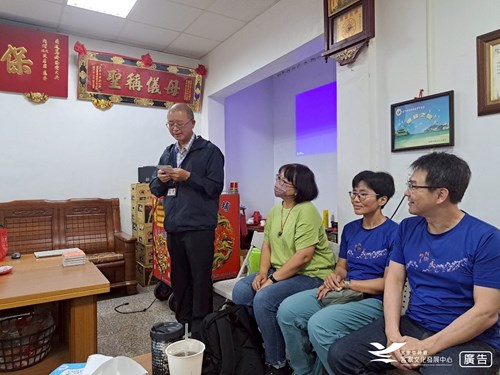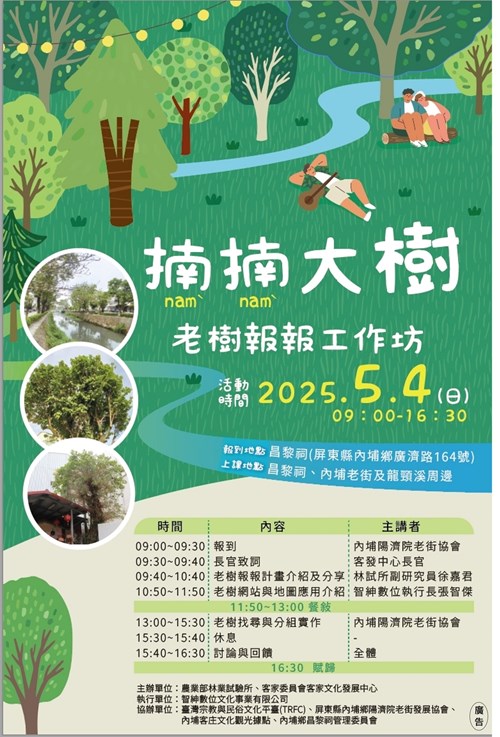
Activity Outcome
Namˋ-Namˋ the Big Trees: Old Tree Storytelling” Workshop
- Source:客家文化發展中心
- Publication Date:2025/05/09
- Last updated:2025/07/08
- Count Views:461
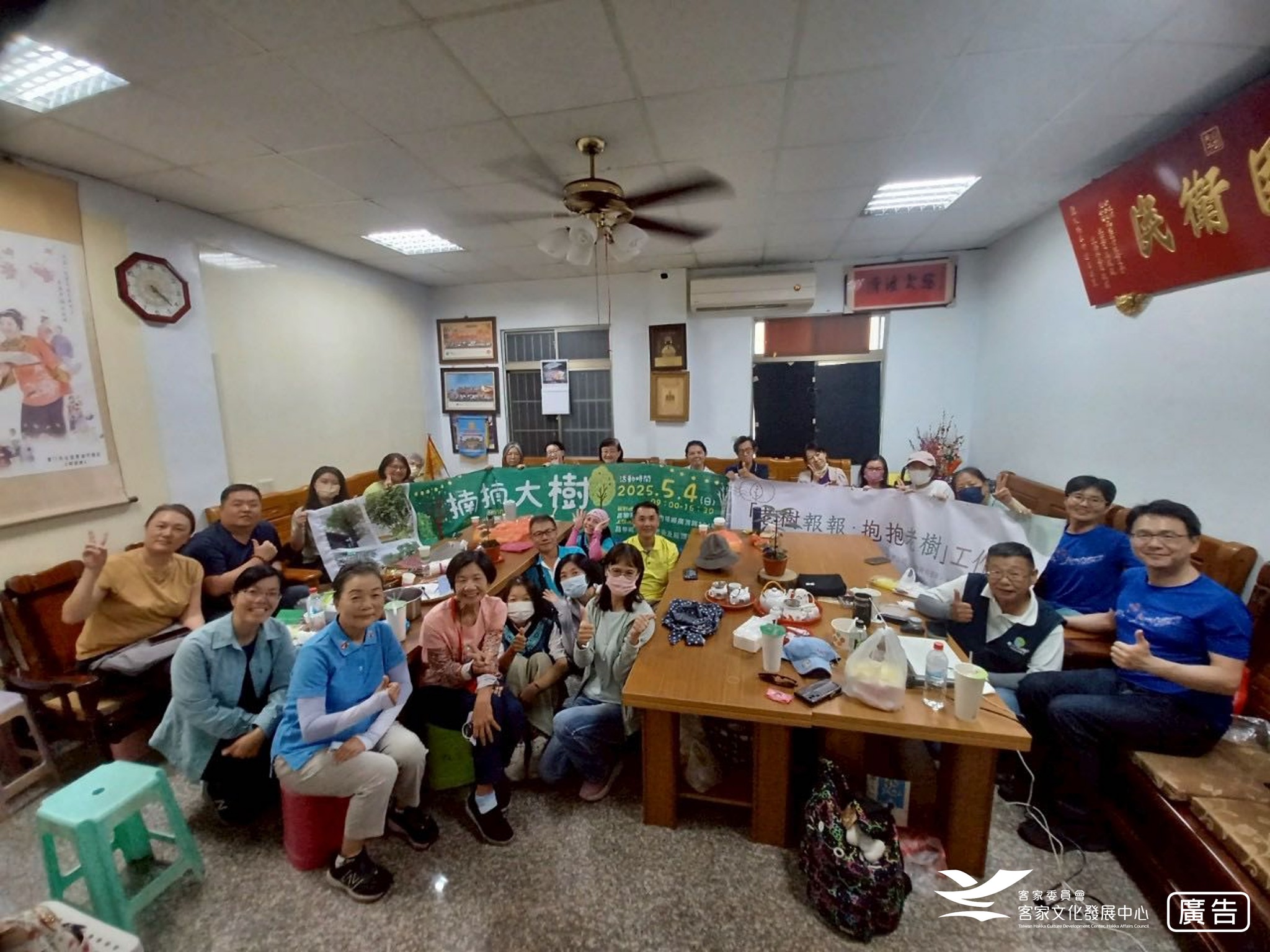
“Namˋ-Namˋ the Big Trees: Old Tree Storytelling” Workshop—Achievements Sharing
On May 4, 2025, the Taiwan Forestry Research Institute, Ministry of Agriculture, and the Taiwan Hakka Culture Development Center, Hakka Affairs Council, jointly organized the “Namˋ-Namˋ the Big Trees: Old Tree Storytelling” Workshop Achievements Sharing session at the Changli Temple in Neipu, Pingtung County. Centered around the theme “Embrace Old Trees, Report Old Trees,” the workshop aimed to encourage public awareness and efforts toward the protection and conservation of old trees in our everyday surroundings. Through hands-on field instruction and interactive sessions, participants were introduced to GIS tools for observing and recording data on old trees, while also gaining a deeper understanding of their ecological significance and vital role in shaping the local natural and cultural landscape.
The workshop was divided into morning and afternoon sessions. In the morning, Associate Researcher Hsu Chia-Chun from the Taiwan Forestry Research Institute and Chang Chih-Chieh, CEO of Jhih-Shen Digital Culture Co., Ltd. (JSDC), introduced the Old Tree Storytelling project, along with demonstrations of the Old Trees website and related map applications. In the afternoon, in collaboration with the local community, three guided routes were arranged along the Longjing Creek as practical fieldwork sites. Guided by tour leaders, participants explored the area to observe and document the surrounding natural environment and old trees with the history and memories of local residents. The workshop concluded with participants sharing their reflections and takeaways from the day’s experience.
This workshop integrated the Old Tree Storytelling website with GIS mapping technology, guiding participants in learning how to use GIS tools to observe and document basic information about trees. Through this hands-on approach, participants engaged in a participatory approach to gain deeper insight into the ecology, roles, and personal stories associated with old trees. The experience also served to raise awareness of the vital role played by these trees in supporting biodiversity and enriching human life through the memories and meanings they carry.

